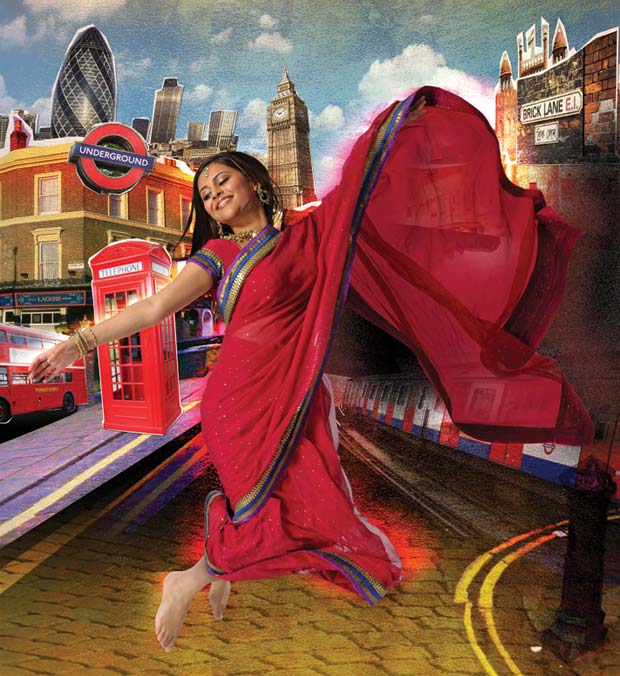
Wah! Wah! Girls — A British Bollywood Musical
London, Peacock Theatre
31 May 2012
sadlerswells.com/show/Wah-Wah-Girls
“Wah! Wah!” (pronounced Vah! Vah!) is a hindi term that is shouted from an audience to denote something like “Wow” or “Well Done”. It can also be Beano-style, comic book slang to describe a different type of crying. Vocal encouragement of a great performance or doleful tears for a dismal one? No need for a Harry Hill fight to sort out this contest because both interpretations of “Wah! Wah!” have their place in this review.
To begin with it is hard to warm to the over-used clichés of an “East is East” scenario where a runaway Indian girl (Sita) from a Northern town is escaping the over-bearing morality of her strict brother. Arriving in East London, Sita seeks a job in a mujra club run by Soraya. I’m told that there are many such clubs in Wembley and the East End but that they specialise in vulgarly dressed dancers titillating men with a mujra “dance of lust” to raunchy Bollywood music; Soraya’s club, however, appears to be a place where the classical kathak dance rules a disciplined moral code which has nothing to do with lust. Perhaps that’s why it is losing money but if such a club exists in London I would be surprised. Incidentally, there are some very brief interventions of Kathak choreography by Gauri Sharma Tripathi, which although needing more consummate performers, still enliven the show whenever they appear.
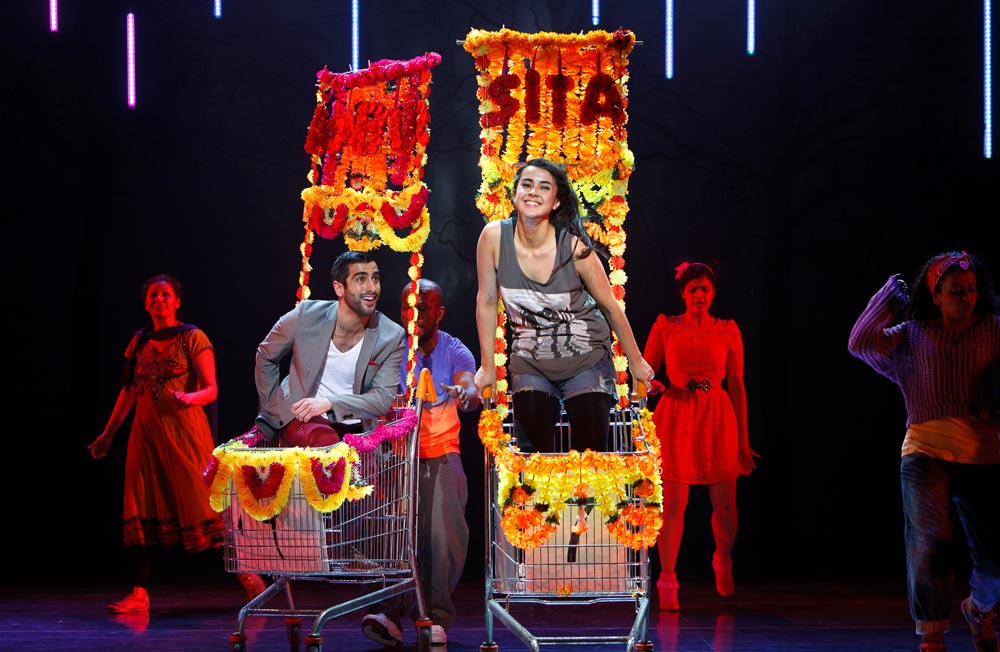
There is a romance between Sita and Soraya’s son and, not to be outdone, there is a parallel love story between Soraya and the local good-hearted, West Indian handyman, Cal. Amongst many twists, we discover that Soraya was sold by her father in India and that she fled to Britain after murdering (in self-defence) the abusive husband of her arranged marriage. The grumpy owner of the local dry-cleaner turns out to be her father who befriends Anish, the over-bearing brother who has come from “Up North” to get Sita back. To complicate matters even further, there is a local Polish builder, who seems to serve no useful plot purpose whatsoever; an Angel that wanders aimlessly between scenes; and three mujra dancing girls from Soraya’s club. The whole event is effectively narrated by the character of Bindi who serially watches Bollywood films while her husband is away at a conference.
This convoluted plot made me care very little about characters dropped into the action without much development and one well-established love story would certainly have outperformed these two perfunctory romances. What was perhaps the most galling factor of all was that once characters were introduced they then joined the Bollywood throng for the mandatory ensemble numbers that have to spring up from time to time. Thus, for example, the bearded actor who conspicuously plays the vengeful brother, Anish, is introduced in one scene – searching the streets of East London for his sister – and then in the very next musical number, there he is dancing in the chorus right next to her. I wanted to shout out “there she is, you idiot” and claim the £1,000 reward!
The best of the musical numbers comes in an excellent finale (and I guess that if you are going to have one good, uplifting number then that is where it should be). The set designs by Keith Khan were very effective with a double decker bus that somehow turned into the rice fields of India and curtains being pulled back and forth to reveal the streets of E14 (with the nice added touch of trainers dangling at the end of the strings). Some of the recorded and spoken text was inaudible, which did nothing to help matters.
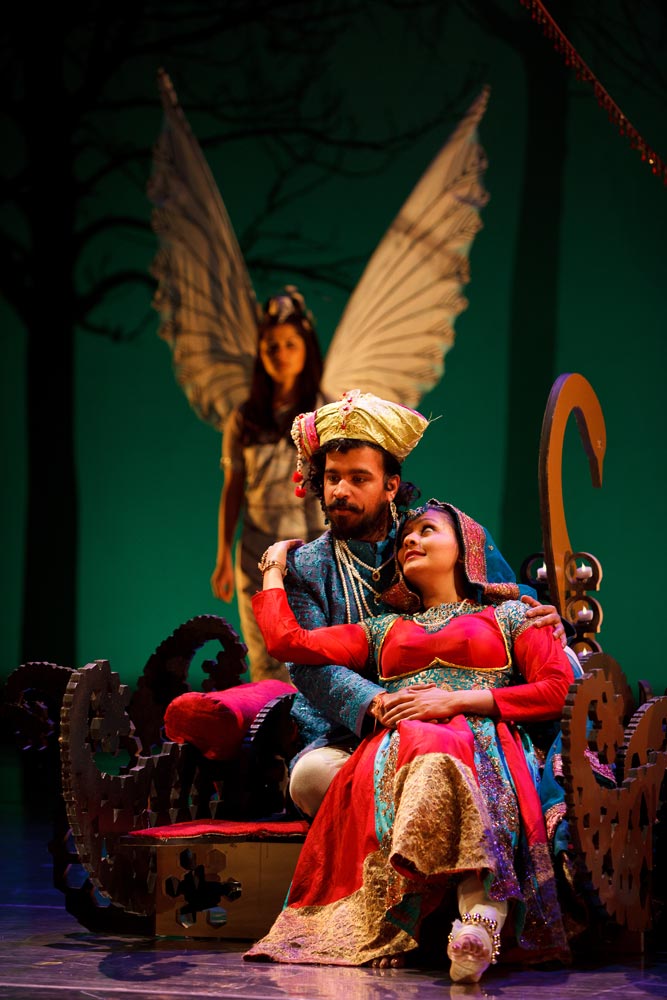
Some performances suggested that the character was still being “run-in” and there seemed to be a surprising lack of corporate confidence amongst the cast. There were some exceptions, notably the first-class comedic turn by Rina Fatania who easily stole the show as Bindi (she was also Sameena Bibi – the woman to whom Soraya was sold in India); well supported by the Mujra girls (Shelley Williams, Davina Perera and Sheena Patel). As Soraya, Sophiya Haque was both remarkably beautiful and a strong dance actress; Philip Brodie provided a catchy comedy cameo number as Pavel; and Delroy Atkinson did the best possible with the dullest of roles, as Cal. There were some very good one-line gags, the best of which were delivered with excellent timing by Fatania and Tony Jayawardena as the bad-tempered dry cleaner, Mansoor.
I have a feeling that there may be a musical in here good enough to match the strength of the comedy and set design; if the level of the bar of song and dance can be raised to make a better impact against this over-bearing story. Its early days for a show that is clearly designed to last for awhile so let’s hope that the producers can yet get the balance right.







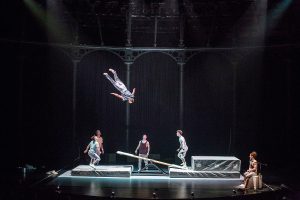
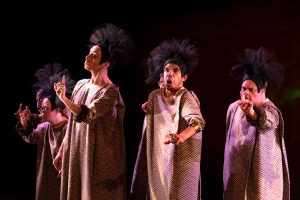


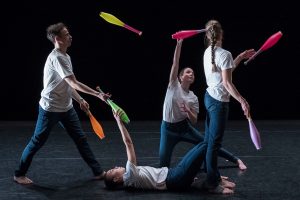
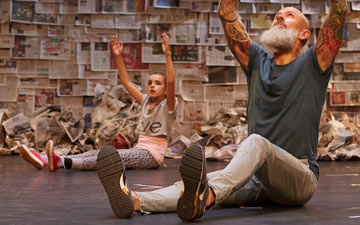
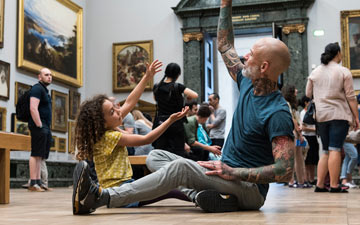
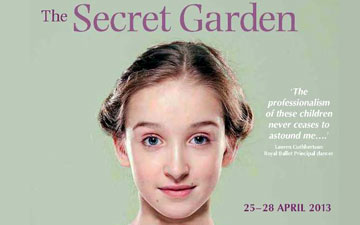

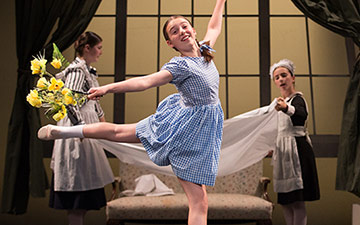
You must be logged in to post a comment.